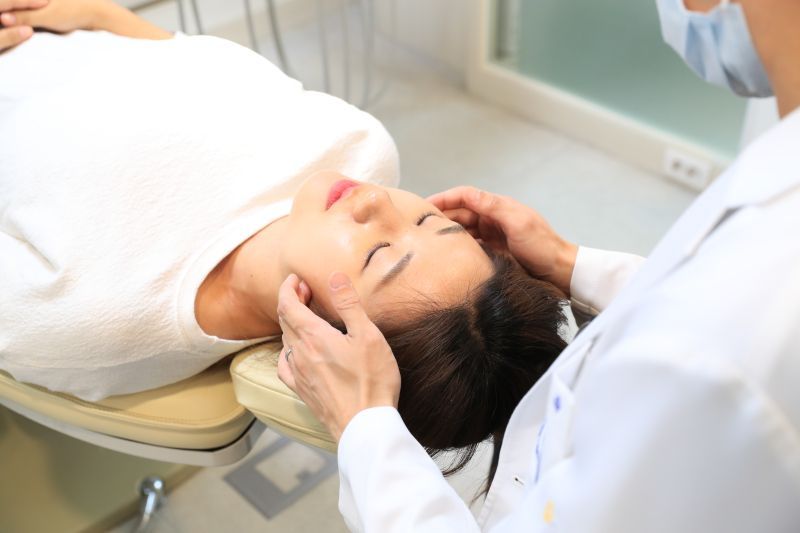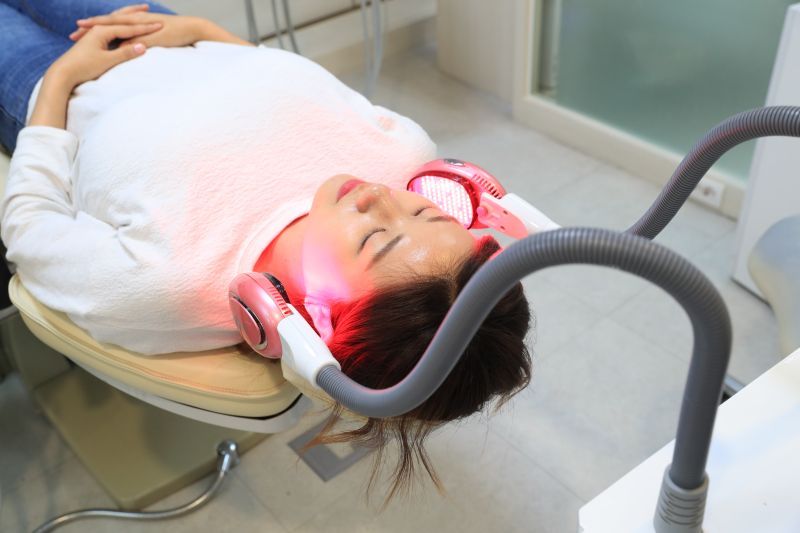TMJ Treatment in Seoul and Why Yonsei Good Day Dental Clinic?
What Is TMJ Disorder?
TMJ disorder affects the hinge joint connecting your jaw to the skull. It can cause:
- Jaw pain or tightness
- Clicking or popping sounds
- Headaches or migraines
- Facial tension or swelling
- Difficulty chewing or opening the mouth
Symptoms can range from mild to severe and may worsen without treatment.
Types of TMJ Treatment Available in Korea
- Splint Therapy (Night Guard) – Custom oral appliances help reduce clenching, grinding, and joint strain.
- Botox Injections – Temporarily relax overactive jaw muscles, reduce pain, and minimize grinding.
- Physical Therapy – Manual therapy and jaw exercises to relieve tightness and inflammation.
- Laser or TENS Therapy – Used for muscle relaxation and TMJ pain relief.
- Orthodontic or Occlusal Adjustments – In some cases, misaligned bites are corrected to reduce jaw stress.
- Surgical Intervention – Rarely needed and reserved for severe joint damage.
Why Is TMJ Treatment More Affordable in Korea?
- Clinics use digital imaging and CBCT scans in-house, reducing diagnostic costs.
- Custom splints and appliances are locally fabricated, keeping prices low.
- High-volume clinics allow for efficient care and competitive pricing.
- Korea emphasizes early, non-invasive treatments that are cost-effective and conservative.
- Botox and laser devices are widely available and offered at reasonable prices.
Why Choose a TMJ Clinic in Seoul?
- Experienced dentists and oral specialists trained in TMJ diagnostics
- Modern facilities with digital scanning, bite analysis, and 3D imaging
- Personalized treatment plans combining medical and dental care
- English-speaking clinics in Gangnam, Apgujeong, and Myeongdong
- Fast appointments and flexible options for international visitors
Average Cost Estimates at Yonsei Good Day Dental Clinic
- TMJ evaluation and digital X-ray: KRW 30,000 to KRW 100,000
- Custom night guard (hard or soft): KRW 400,000 to KRW 600,000
- Botox for masseter or jaw clenching: KRW 100,000 to KRW 300,000
- General Check with Laser/TENS therapy session: KRW 100,000 ~
TMJ treatment in Korea is comprehensive, affordable, and tailored to your specific symptoms. Whether you're dealing with jaw pain, clenching, or facial tension, clinics in Seoul offer effective non-surgical options using modern diagnostics and techniques. With English-speaking support and significantly lower prices than Western countries, Korea is an excellent destination for TMJ care.











